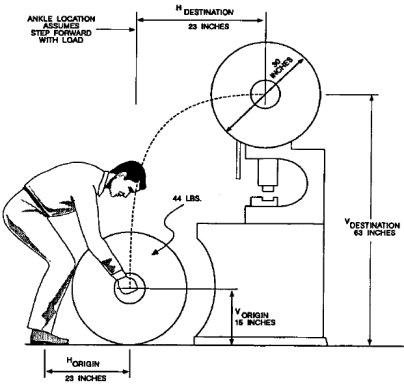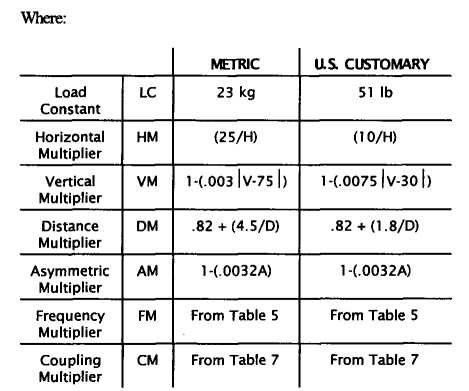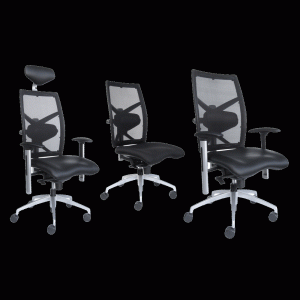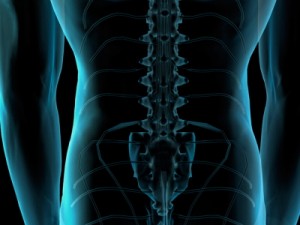 This booklet, published by NIOSH, is intended for construction workers, unions, supervisors, contractors, safety specialists, human resources managers-anyone with an interest in safe construction sites. Some of the most common injuries in construction are the result of job demands that push the human body beyond its natural limits.Workers who must often lift, stoop, kneel, twist, grip, stretch, reach overhead, or work in other awkward positions to do a job are at risk of developing a work-related musculoskeletal disorder (WMSD). These can include back problems, carpal tunnel syndrome, tendinitis, rotator cuff tears, sprains, and strains.iron worker
This booklet, published by NIOSH, is intended for construction workers, unions, supervisors, contractors, safety specialists, human resources managers-anyone with an interest in safe construction sites. Some of the most common injuries in construction are the result of job demands that push the human body beyond its natural limits.Workers who must often lift, stoop, kneel, twist, grip, stretch, reach overhead, or work in other awkward positions to do a job are at risk of developing a work-related musculoskeletal disorder (WMSD). These can include back problems, carpal tunnel syndrome, tendinitis, rotator cuff tears, sprains, and strains.iron worker
To aid in the prevention of these injuries, this booklet suggests many simple and inexpensive ways to make construction tasks easier, more comfortable, and better suited to the needs of the human body.
Example of a “simple solution.” This ironworker uses a tool that automatically ties rebar with the pull of a trigger. The extended handle lets him work while standing upright. No leaning, kneeling, stooping, or hand twisting are necessary.
Did you know … ?
- Construction is one of the most hazardous industries in the United States.
- The number of back injuries in U.S. construction was 50% higher than the average for all other U.S. industries in 1999 (CPWR, 2002).
- Backaches and pain in the shoulders, neck, arms, and hands were the most common symptoms reported by construction workers in one study (Cook et al, 1996).
- Material handling incidents account for 32% of workers’ compensation claims in construction, and 25% of the cost of all claims. The average cost per claim is $9,240 (CNA, 2000).
- Musculoskeletal injuries can cause temporary or even permanent disability, which can affect the worker’s earnings and the contractor’s profits.
(more…)
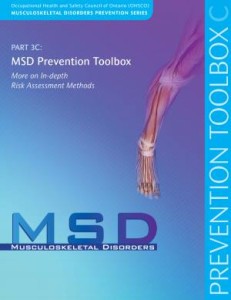


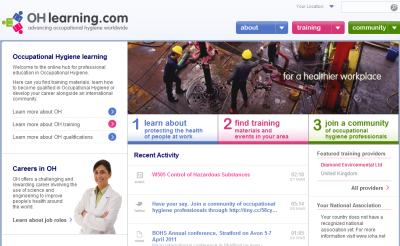 The Occupational Hygiene Training Association (OHTA), has created a new website,
The Occupational Hygiene Training Association (OHTA), has created a new website, 
